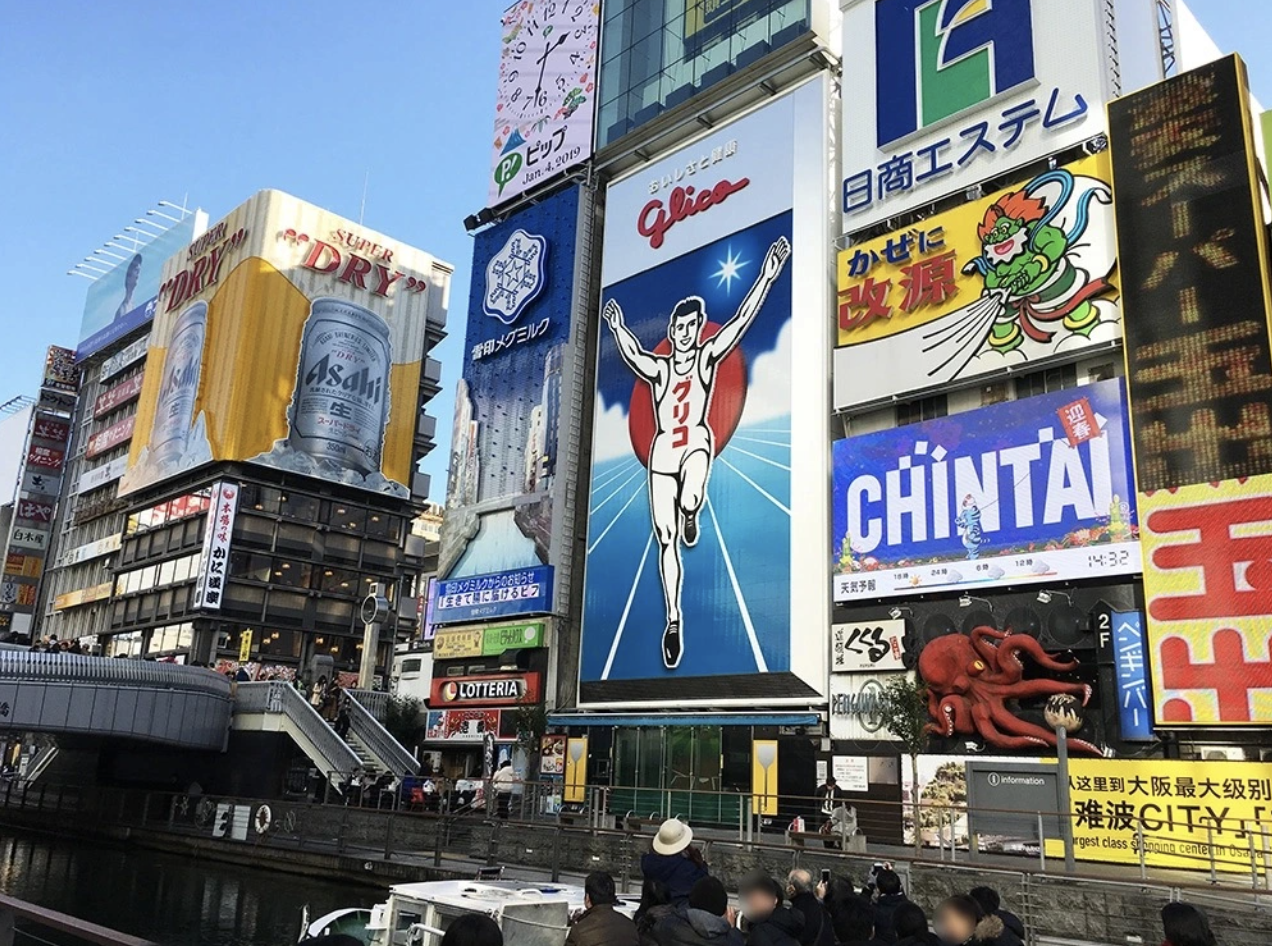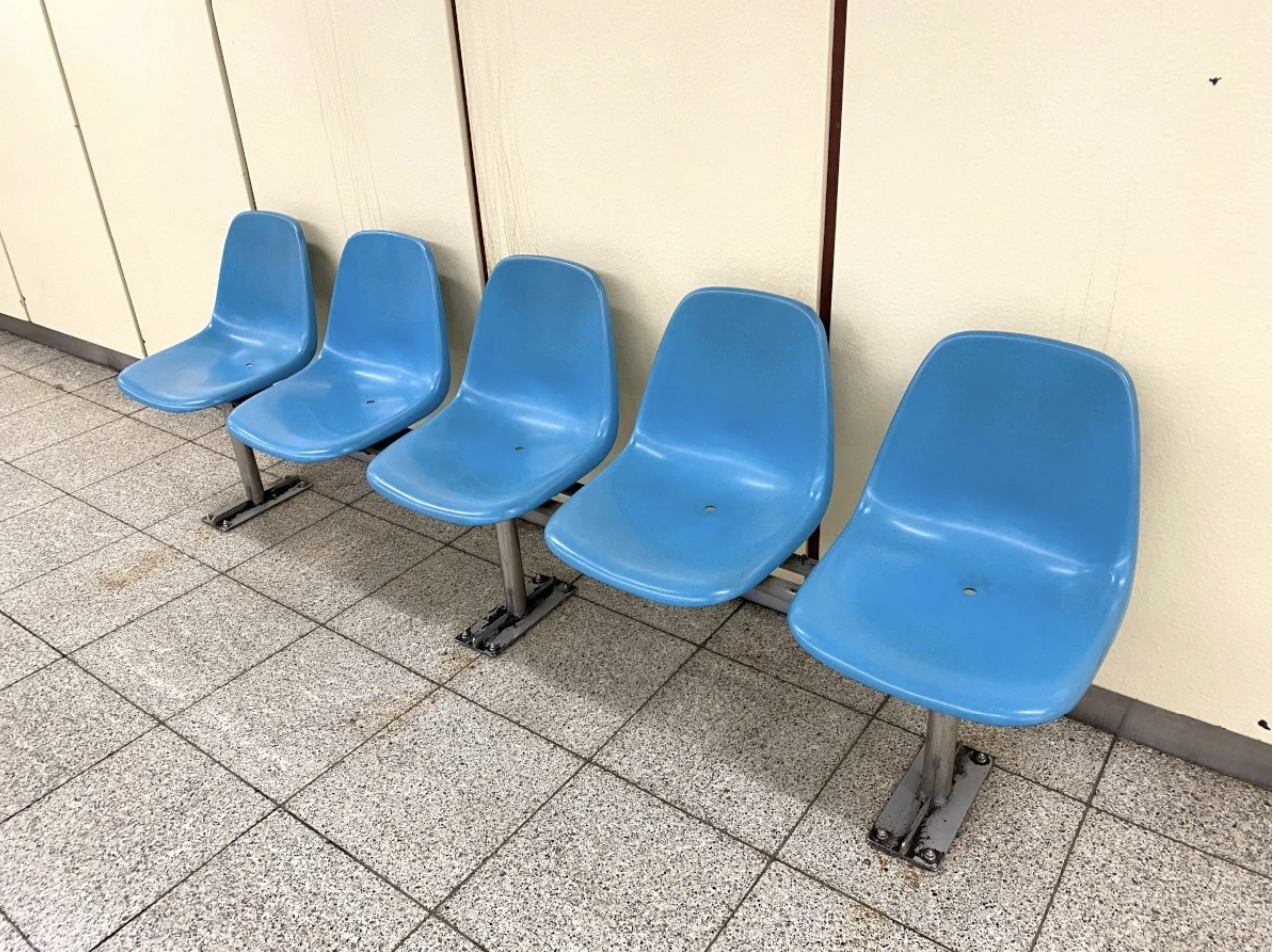Osaka, in the Kansai region, and Tokyo, in the Kanto region, pride themselves on doing things differently from each other, whether it involves rice balls at a convenience store or the way miso soup is positioned at the table.

The differences don’t stop at food, however, because at train stations in the Kansai area, you’ll find that seats on some platforms look very different from those in Tokyo.
▼ An example of seats at a Tokyo train station…

▼ …and an example of seats at a train station in Osaka.

Our Tokyo-based reporter P.K. Sanjun took a trip to Osaka recently, and when he saw the seats he couldn’t help but wonder about the real reasons behind their design. Was this simply another case of Osaka doing things differently to Tokyo? Or was there another factor at play here?
In order to find out, he went straight to the local railway operator, West Japan Railway Company, to ask them why the seats are positioned away from the trains and their tracks, and they revealed three fascinating reasons for the design.
P.K.: I’ve seen this at stations in Osaka and Hyogo so I wanted to ask — why are the seats facing parallel to the platform? It’s something you don’t see in Kanto…”
JR West: “Well, the main reason is to prevent drunken customers from falling (onto the tracks). Until they were installed, there were numerous cases where drunk customers who’d been sitting on the seats stood up and fell off the platform.”
P.K.: “So it’s to prevent drunken people from falling off the platform? Does that mean the design was different before?”
JR West: “Yes, it would take some time for me to check when they were formally introduced, but from what I remember the new seat configurations first appeared around five to six years ago.”
P.K.: “Hmmm. But if the purpose is to prevent falls, shouldn’t platform doors be installed instead? I feel like I’m seeing a lot more of them at stations in the city centre.”
JR West: “I understand what you’re saying. However, Kansai has a complicated network of routes, so it may be a little difficult to install platform doors everywhere. Major stations such as Osaka, Tsuruhashi, Kyobashi, and Sannomiya have platform doors, though.”
▼ Compared to Osaka, Tokyo currently has a lot more of these platform doors installed at stations.

P.K.: “I see. I guess the installation of platform doors must be very costly. Seats might be a more cost-effective countermeasure.”
JR West: “I don’t know the details of the cost, but I think that’s probably part of the reason. JR West has been changing the seat positions at a large number of station platforms over the past few years.”
P.K.: “Well, that clears things up! Thank you!”
Following his conversation with JR West, P.K. discovered that the main reason for the unusual seat positioning was to protect drunken customers from falling off the platform. And sure enough, when he was passing through another station in the region, he found a poster showing the change in the position of the seats, along with an explanation that the new configuration was designed to protect against drunken falls.

Drunken falls are a big problem at train stations throughout Japan, so much so that you’ll commonly find posters warning commuters of the dangers. It’s one of the reasons why platform doors are being installed at a number of stations but given the costs involved, and the fact that Japan’s rail network is wide and varied, a nationwide rollout would be a difficult and time-consuming task.
Still, while there are hurdles to making hurdles, that doesn’t mean a railway operator in Japan will sit on its hands and claim nothing can be done to fix the problem. So kudos to JR West for looking for an alternative solution and coming up with the simple yet effective idea to change the position of the seats.
▼ A simple change has the potential to save lives.

The seats at Kansai train station platforms are yet another example of how Japan’s dedication to customer service can lead to innovative UX (user experience) design that creates a meaningful, relevant, and memorable experience for users.
It’s a simple design idea that makes a big difference to the daily life of customers.
Photos ©SoraNews24
Read more stories from SoraNews24.
-- Why do Japanese stairs have red-and-yellow marks on them?
-- Seats descend from ceiling on Japanese train to provide extra comfort for passengers【Video】
-- “Passengers who don’t want to be groped, please use the rear train cars” announcement angers Japan
- External Link
- https://soranews24.com/2022/12/20/why-do-seats-at-some-japanese-station-platforms-face-away-from-the-trains/
















14 Comments
Login to comment
finally rich
the poster above perfectly illustrates how the japanese work to death.
factchecker
The correct term is 'railway station'.
Spitfire
I believe the first station in the Tokyo area to have forward facing platform seats was Shin Koiwa.
After numerous suicides at his station,the Narita Express reached high speeds going through the station because it is located on a very straight part of the track,station officials decided to try and do something about the situation.
Moonraker
Those endlessly fascinating differences between Osaka and Tokyo can make for a lively conversation in Japan once food preferences have been covered.
bass4funk
It depends on who you are speaking to. In Fukuoka, the seats inside the train stations all face the trains.
Tom San
A good example of Japanese "kaizen".
TokyoLiving
Best railway system of the world!!..
Danielsan
Many places ban drunken riders from mass transit. Japan should do the same, there would be less groping and other unpleasantries associated with public drunkenness.
Abe234
Plus we can stretch our legs out without hindering others.Which is what I though the real reason was.
CrashTestDummy
I don't really see how it would help drunken passengers not fall into the platform. The chair arm rail could help them lift themselves up, but the angle seems insignificant. Maybe I'm missing something.
In Fukuyama, I did see chairs faced parallel to the trains with a drunk passed out passenger sitting. The chair arm rail was preventing him from collapsing on the ground some, but if he started walking to the platform in his heavily drunken state, he could have easily fallen into the platform.
Peter14
TokyoLivingToday 10:02 am JST
Yes, and no. Packing commuters in like sardines is not worlds best practice, and only happens in Japan as far as I am aware.
Mark
Simple, the feet and legs are in the way ( JAMA ) when facing the train.
falseflagsteve
According to JR West and Osaka Metro at the time these were began, the reason was to prevent suicides and accidents. Apparently nit looking at the tracks makes a suicidal person less likely to jump on the tracks.